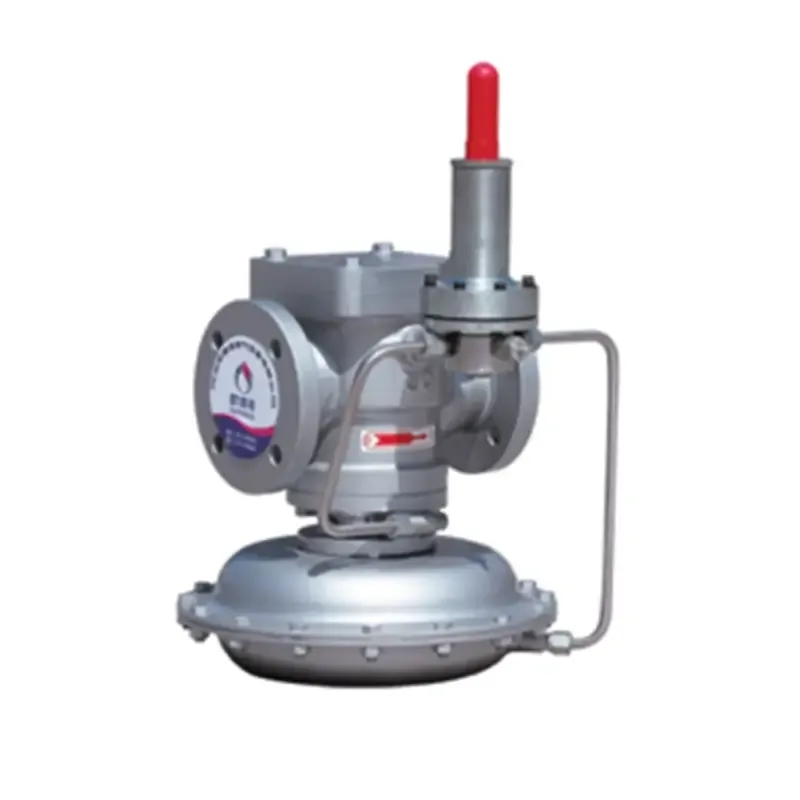
Dec . 19, 2024 17:13
Back to list
Optimizing Gas Purification Techniques for Enhanced Environmental Safety and Efficiency
Understanding Gas Purifiers A Guide to Clean Air and Safety
In an era where air quality is a growing concern, gas purifiers have emerged as essential tools for both industrial and residential settings. These devices play a crucial role in ensuring that harmful gases are effectively removed from the air, contributing to a healthier environment and safeguarding human health.
What are Gas Purifiers?
Gas purifiers are systems designed to filter and remove unwanted gases from the atmosphere. They can be found in various forms, from large industrial units used in manufacturing facilities to smaller models designed for home use. The primary function of these purifiers is to capture contaminants such as volatile organic compounds (VOCs), carbon dioxide, sulfur dioxide, and other hazardous gases that can pose serious health risks. By doing so, they help improve indoor air quality and create a safer environment for workers and residents alike.
How Do Gas Purifiers Work?
Gas purifiers operate on different mechanisms, depending on their design and the specific contaminants they target. The most common methods include
1. Absorption This involves the use of a material that can absorb specific gases from the air. Activated carbon is a widely used absorbent due to its high surface area and ability to capture a variety of harmful gases.
2. Adsorption In this process, gas molecules adhere to the surface of solids or liquids. This technique is effective for removing impurities from the air, relying on materials that bind chemically or physically with the contaminants.
gas purifier

3. Catalytic Conversion Some advanced gas purifiers utilize catalysts to promote chemical reactions that convert harmful gases into less harmful substances. This method is particularly useful for industrial applications where specific gaseous emissions must be neutralized.
4. Membrane Separation This method uses selective barriers to separate gases based on their size, solubility, or diffusivity. It is an efficient way to purify gas streams in various applications, including natural gas processing and air purification.
Benefits of Using Gas Purifiers
The benefits of gas purifiers are multifaceted. Firstly, they significantly enhance air quality by removing pollutants that can lead to respiratory problems, eye irritation, and other health issues. Improving air quality in workplaces can increase employee productivity, reduce absenteeism, and create a more pleasant environment.
Secondly, gas purifiers not only protect human health but also help industries comply with environmental regulations. Many countries have strict emissions standards, and using gas purifiers can assist businesses in meeting these legal requirements while minimizing their environmental impact.
Additionally, gas purifiers can extend the lifespan of industrial equipment. By filtering out corrosive gases, these devices help maintain the integrity of machinery, reducing downtime and maintenance costs associated with wear and tear.
Conclusion
As we continue to grapple with the challenges posed by pollution and declining air quality, gas purifiers are more important than ever. Whether for industrial applications or personal use, investing in a reliable gas purification system can protect health, ensure compliance with environmental standards, and contribute to a cleaner, safer atmosphere. Understanding the different types of gas purifiers and their functions can empower individuals and companies to make informed decisions that promote better air quality and environmental sustainability. In a world where clean air is a precious commodity, gas purifiers stand at the forefront of air purification technology, providing essential solutions for a healthier tomorrow.
Latest news
-
Safety Valve Spring-Loaded Design Overpressure ProtectionNewsJul.25,2025
-
Precision Voltage Regulator AC5 Accuracy Grade PerformanceNewsJul.25,2025
-
Natural Gas Pressure Regulating Skid Industrial Pipeline ApplicationsNewsJul.25,2025
-
Natural Gas Filter Stainless Steel Mesh Element DesignNewsJul.25,2025
-
Gas Pressure Regulator Valve Direct-Acting Spring-Loaded DesignNewsJul.25,2025
-
Decompression Equipment Multi-Stage Heat Exchange System DesignNewsJul.25,2025

